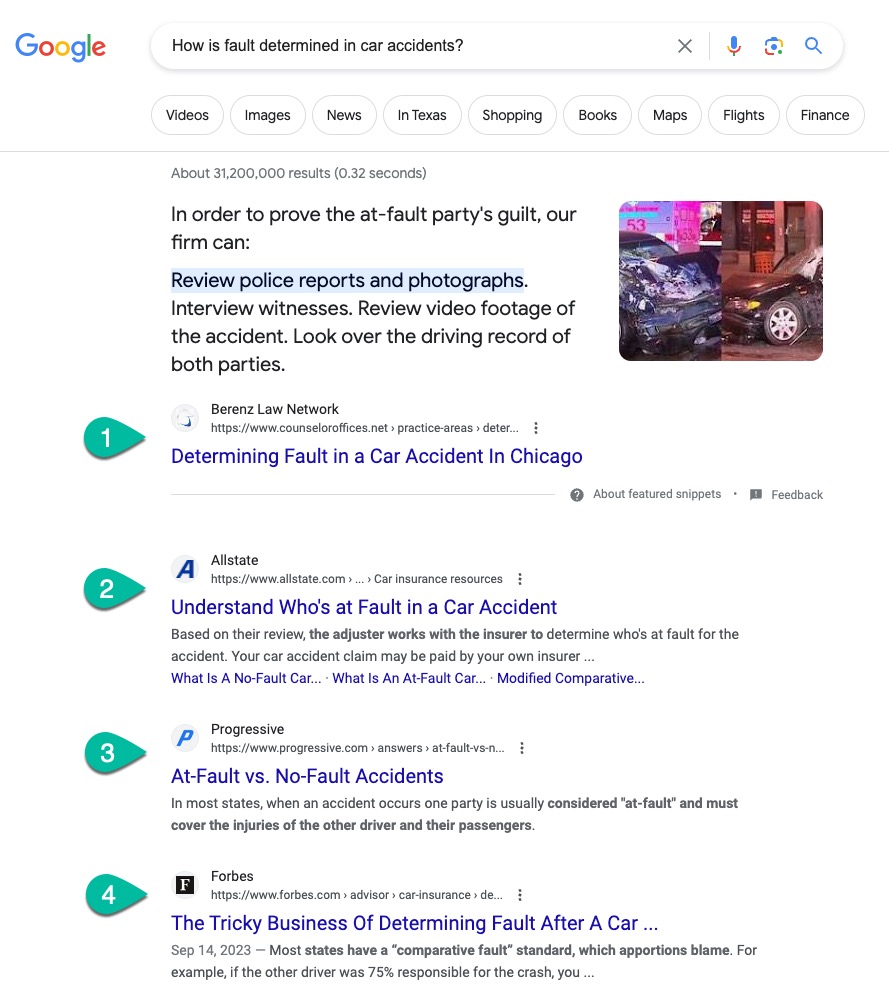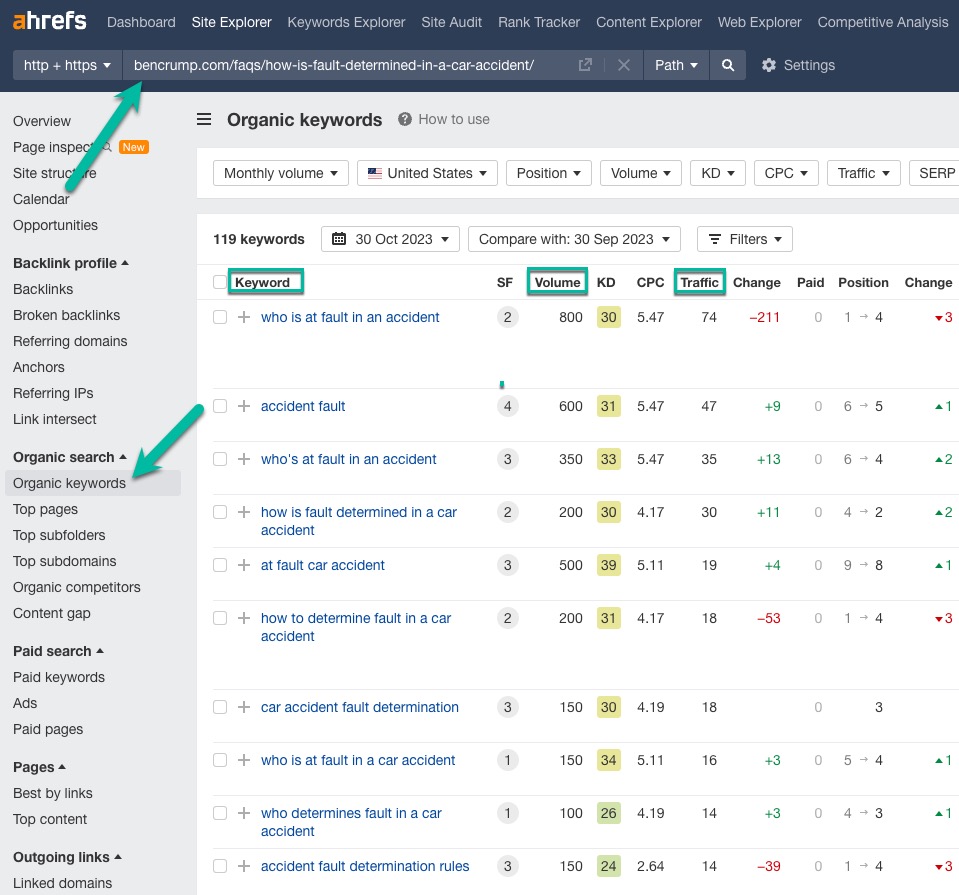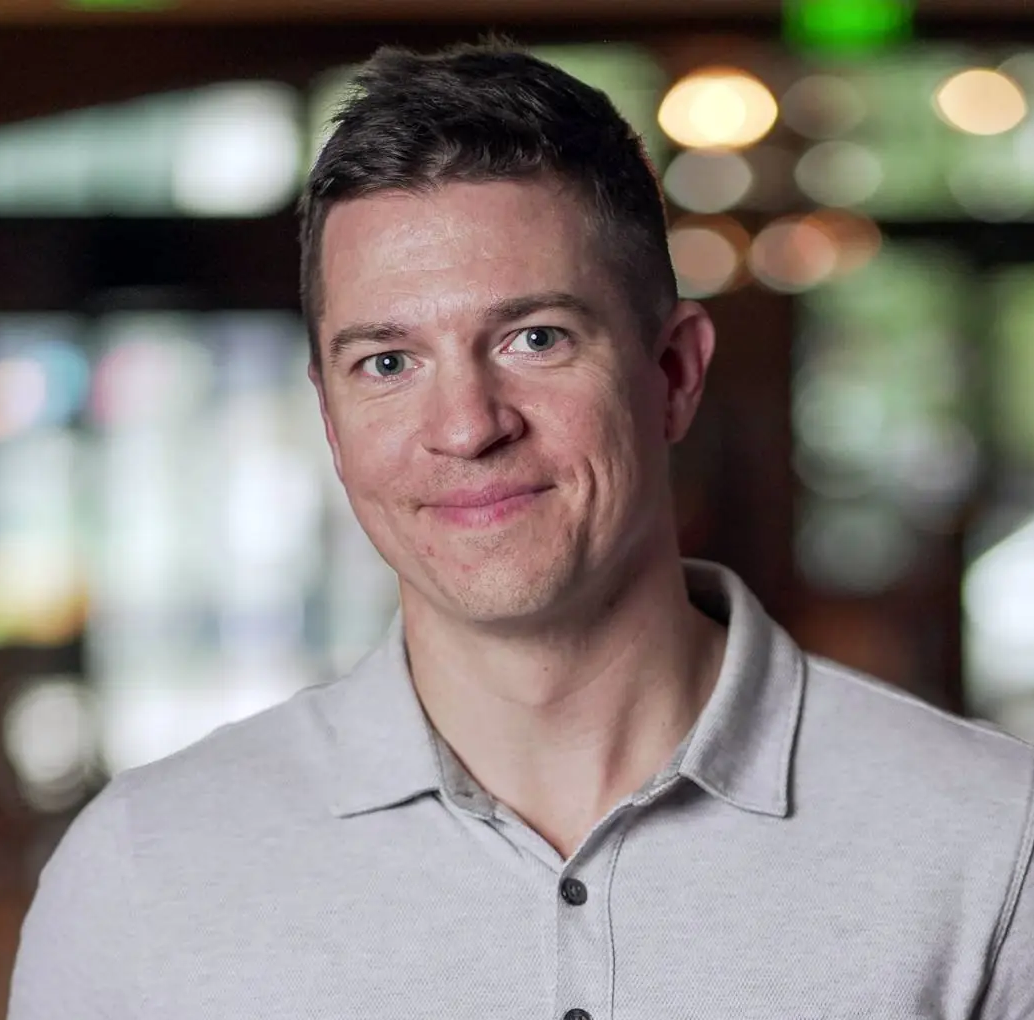Content marketing involves the creation and sharing of digital assets like blog posts, articles, videos, data visuals, and infographics.
Unlike traditional advertising, content marketing assets do not explicitly promote a brand, but rather, are intended to generate interest in that brand’s products or services.
At Juris Digital we are true believers in the power of content marketing, especially evergreen content marketing.
We help our clients become online authorities in their areas of practice, and drive significant organic search traffic from long tail keywords, by developing evergreen content guides on specific legal topics.
Here I’ve documented the process that we execute to create evergreen content guides for our clients. Hope you find it useful!
What is Evergreen Content?
ev·er·green con·tent
/ˈevərˌɡrēn kənˈtent/
noun
- Content that addresses topics which remain relevant in perpetuity. The antithesis of evergreen content is content on topics that are only relevant over a specific period in time.
Here are some examples of evergreen legal topics:
- What to do after a car accident
- How is property divided in a divorce?
- How do I get a US work visa?
And here are some examples of non-evergreen legal topics:
- Is Donald Trump’s proposed ban on Muslims constitutional?
- Greyhound Bus crash on I25 injures 20 people
- Event: Join us tonight for a seminar on jury selection
Both content types have their place in a holistic web marketing strategy to be sure. However, only evergreen content has the ability to drive consistent value, both for your potential clients, and your law firm, in perpetuity.
Step 1: Choosing Your Subject Matter
The first step of this process is to choose the subject matter for your guide. This should not be especially complicated. Start by simply asking:
“What kind of new cases are we trying to generate?”
The key to choosing a choosing an effective subject for your guide is to not be too broad, but also not too narrow. You want to be able create a comprehensive guide without investing hundreds of hours of effort.
For instance, if you choose the subject “personal injury” that’s probably going to be too broad since this subject could potentially encompass so many different elements.
Alternatively, you don’t want to be too narrow with your subject matter. For example, if you choose “how to write an insurance demand letter” as your subject, that wouldn’t really allow you to create sub-topics as a part of a comprehensive guide because it’s so specific.
Instead, try to find a good middle ground. In this case the middle ground subject might be:
“A Victim’s Guide to Navigating the Aftermath of an Auto Accident”
Step 2: Constructing a Persona
Now that we have our subject matter, it’s time to get know our audience. The best way to achieve this is by creating a realistic persona.
At Juris Digital we ask our clients targeted questions in order to gain an understanding of what problems their actual clients face and how they have helped solve those problems with their services.
Here are the questions we ask our clients in order to construct accurate personas:
- Are there any notable demographics (age, gender, socio-economic standing, etc.) that your clients in this area tend to share?
- Do your clients in this area tend to share a similar type of employment / career?
- Can you describe any common goals of your clients in this area?
- Can you describe any common fears or anxieties of your clients in this area?
- Can you list the most common three questions that your clients in this area ask you at the beginning of your engagement?
- Can you provide a real-world example of a client who you’ve helped in this area? What issues were they facing and how did you help them resolve those issues and achieve their goals?
Getting these questions answered honestly and thoroughly is absolutely essential to creating a final product that will produce the outcomes you’re looking for.
Step 3: Developing Topics
The answers to the questions above will help guide your topical research. It will also help you with the most critical skill of any good marketer: Empathy
em·pa·thy
/ˈempəTHē/
noun
- The ability to understand the needs and challenges of another without necessarily having experienced those needs and challenges yourself.
You may find that the answers to the questions above give you some of the specific topics you ought to use. For example, the attorney may give you several common questions that their clients ask, and you should absolutely use those.
But you’ll also need to develop additional topics outside of what they provide, and that’s where empathy comes here. Below I’ve written out, in stream of consciousness fashion, how this process of empathy plays out in my mind:
- I was recently in a car accident for which I don’t believe I was at fault, but I’m not sure.
- I was injured relatively badly.
- My car is totaled.
- My medical bills are piling up.
- I’m missing work.
- I’m not sure what information I need to gather and document.
- I’m unsure how to best report and discuss my claim with the insurance companies.
- I’m not sure whether or not I should talk to a lawyer.
As you can see, this process of combining your knowledge of the target persona with your own capacity for empathy can effectively produce your guide topics. From the “empathy” process above you could feasibly derive the following topics:
- Do I need to report my car accident? If so, how?
- What information do I need to make sure to get after a car accident?
- How is fault determined in car accidents?
- Should I discuss my accident with my insurance company or with the other party’s insurance company?
- Who is going to pay my medical bills after a car accident injury?
- Does the insurance company have to pay me for my missed time at work?
- Does the insurance company have to replace my car if it was totaled?
- How do I know whether I should talk to a lawyer about my car accident claim?
Now that we’ve used empathy to create a list of topics that we know will be relevant to our target audience, it’s time to get analytical.
Step 4: Performing Keyword Research
Keyword research is necessary to understand the specific phrases that people most frequently search when they are asking the kinds of questions that we brainstormed above.
Knowing the specific keywords we’re targeting allows us not only to optimize for those specific keywords, but also to predict the amount of traffic a given article could feasibly receive if it gets to page one of Google.
What we want to do is map specific keywords to each of our topics. The keyword research process we use here at Juris Digital is simple and powerful, and I’m going to share it with you now.
For this example let’s use the topic “How is fault determined in car accidents?”:
Begin with a Google search
First, head over to Google and just search your topic, in this case, ‘how is fault determined in car accidents’.
Copy the URLs for the top 3-5 ranking pages from the search result, in this case:

And now, it’s time for our secret weapon…
Ahrefs.com
Ahrefs has long been a popular backlink research tool. But their Organic Keyword tool is, in my opinion, their single best product.
Take those top ranking URLs and drop them in Ahrefs, then navigate the to Organic keywords report:

Ahrefs shows you exactly what keyword phrases send the most traffic to this page. Reiterate this process with the other high-ranking URLs in order to select the keyword variants that 1) have the most volume and 2) are the most relevant to your audience.
For this topic, I would identify the following as my primary target keywords variants:
- at fault accident
- who is at fault in a car accident
- whos at fault car accident
- how is fault determined in a car accident
- determining who is at fault in a car accident
Perform this exercise for each of your topics, and when you’re finished you’ll have a list of keywords, all mapped to specific topics, and you’ll be able to estimate the amount of traffic that each is capable of generating.
Step 5: Writing the Articles
At this point we have a list of topics, and we’ve mapped specific target keywords to those topics, and we have the URLs for the top pages that currently perform well for those keywords.
Now, it’s time to actually write our articles. The most important thing to remember here is:
Content that is written by an actual subject matter expert (in this case, an attorney who has experience with auto accident cases) will nearly always out perform content written by a ghost writer.
Furthermore, for lawyers and legal marketers there is a question of ethics: Do you really feel good about publishing information on legal topics that you want your potential clients to read, but not having any hand in the writing of that information?
That being said, there are ways to leverage someone’s expertise without necessarily requiring that they write every word of each article. Here are several options for writing your articles, along with what to consider with each.
1. Straight from the camel’s mouth
Again, content straight from the subject matter expert will perform the best. Having a lawyer who is a subject matter expert write the articles is always the best option.
However, lawyers are busy; it’s not always a practical option.
2. Interview and record the subject matter expert
This is the next best way to get your evergreen content written. Conduct an interview with the subject matter expert, asking her to speak to each of your topics. Record the interview and transcribe it.
(For quick, affordable transcription, we recommend Rev.com).
The major benefit of this method is that it allows you to get some great nuggets of information from the subject matter expert without asking her to spend the time required to write each piece.
The downside is that this method requires substantial editing, structuring, and formatting of the content. Furthermore, you normally won’t get everything you need to publish a coherent article from the interview responses alone.
3. Use professional legal ghost-writer, edit heavily
The third, and what I consider to be the least desirable option, is to use a legal professional ghost writer to write the articles, and then have the subject matter expert review and edit them as necessary.
The major downside here is that ghost writers, no matter how talented, cannot be expected to posses the same intimate knowledge and insight as the subject matter expert, and so, your articles will end up being far less valuable.
Step 6: Publishing Your Guide
Once the articles have been written, it’s finally time to publish. At Juris Digital we normally publish evergreen content guides like this in two formats:
- As downloadable PDFs
- As individual webpages
Publishing as a Downloadable PDF
The primary reason to offer the guide as a downloadable PDF is that you can leverage it to collect email addresses and other information from potential customers. The implementation we use for our clients is normally very similar to what you saw at the top of this guide.
Publishing as Individual Webpages
For SEO, this is of utmost importance. Each of our articles will be published on it’s own URL, and that page will be optimized for the keywords that we uncovered during the keyword research phase.
In general, evergreen content guides ought to follow a parent / child structure:
Parent page: “The Awesome Law Firm’s Auto Accident Guide”
URL: www.awesomelawfirm.com/auto-accident-guide/
Child page 1: “How is fault determined in car accidents?”
URL: www.awesomelawfirm.com/auto-accident-guide/how-fault-determined/
Child page 2: “Who is going to pay my medical bills after a car accident injury?”
URL: www.awesomelawfirm.com/auto-accident-guide/who-pays-bills/
…and so on and so forth.
The parent page ought to contain a short overview of what the reader will find in the guide, and then link down to each of the individual articles in the guide.
For some tips on optimizing the individual articles for your primary keywords, go here.
Additional Considerations
By following the evergreen content marketing process as described here, you’ll be well on your way to driving significant levels of qualified traffic to your law firm’s website.
However, your job doesn’t end once the content is published. Make sure you consider the following:
- Promotion via social media
- Promotion via outreach to publishers
- Promotion to your existing and former clients
- Periodic analysis of traffic and conversion performance
- Period tweaking and updating of content based on new information
- Internal link building – ensuring healthy internal linking to the articles of your new guide from other relevant pages on your site
